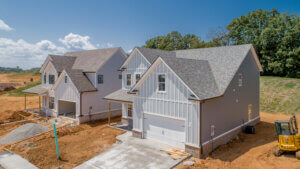What Does Proper Grading Do for Your Lawn?
Prior to building any new home, Turner Homes’ development team works to ensure the land is properly graded. Grading refers to the way your yard slopes to help control the flow of rainwater and prevent standing water. This includes making the ground level and creating slopes for better drainage when needed. The build team assesses the grading of every lot to ensure the ground slopes away from your home, directing water away from the foundation.
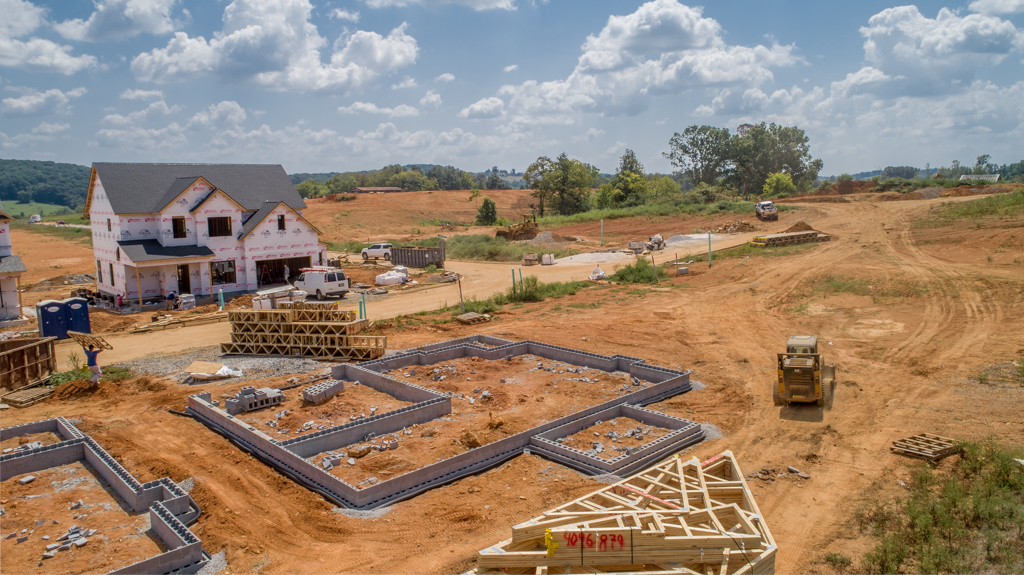
What To Expect From Your New Yard
As one of the final steps during home construction, the build team installs grass and landscaping in your yard. Depending on your community, this may include sod or seed and straw. Landscaping typically includes a mulched flower bed with shrubs and/or flowers. While the home is on the market and until the point of closing, our teams care for the lawn with regular watering and mowing.
This gives your lawn a head start – but it’s not the finish line. You’ll need to continue what we’ve started to make sure your grass takes root and grows strong. Think of it like this: you’ve been handed a “starter lawn.” The choices you make in the coming months will determine whether it becomes a lasting asset – or a costly challenge.
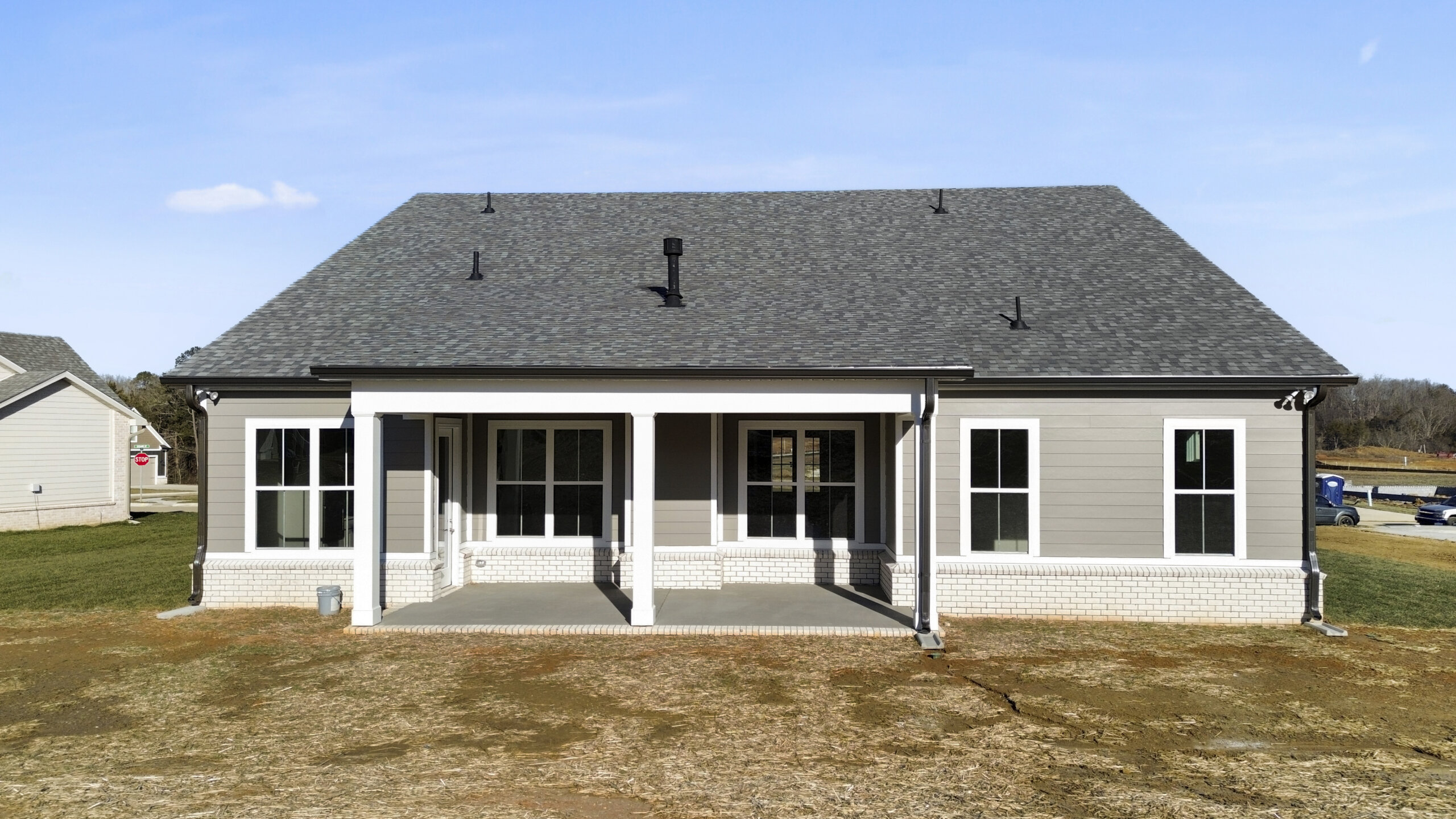
When Does Lawn Care Become Your Job?
We maintain the lawn until you close on the home. After that, it’s in your hands. If your yard was recently installed, the soil may be soft, the grass young, and the root system not yet established, making early care critical. At your home orientation, your community sales agent will review tips for lawn care and maintenance, noting that these responsibilities transfer to the homeowner at the point of closing.
It’s important to note that, because warranty coverage is limited to structural components and building materials, the builders’ warranty does not cover your yard and landscaping. Landscaping concerns, including lawn conditions, are not covered unless caused by improper grading or installation. All other issues fall outside of warranty coverage and are considered the homeowner’s responsibility.

Why Watering Matters More Than You Think
Because your lawn is not yet established, it is important to take steps to ensure the success of newly installed grass and landscaping. Newly planted grass thrives in moist soil. When the seed dries out, it cannot take root in the soil and is easily blown away.
Without healthy grass rooted in your lawn, nutrient-rich topsoil washes away. This leaves behind compacted fill dirt, which does not support healthy grass growth. And without healthy vegetation to absorb moisture when it rains, you may become frustrated with sparce and muddy spots that puddle during wet weather.
Here’s a summary of the risks of not watering:
- Topsoil erosion and runoff
- Muddy, uneven patches
- Poor drainage and puddling
- Difficulty establishing new grass later
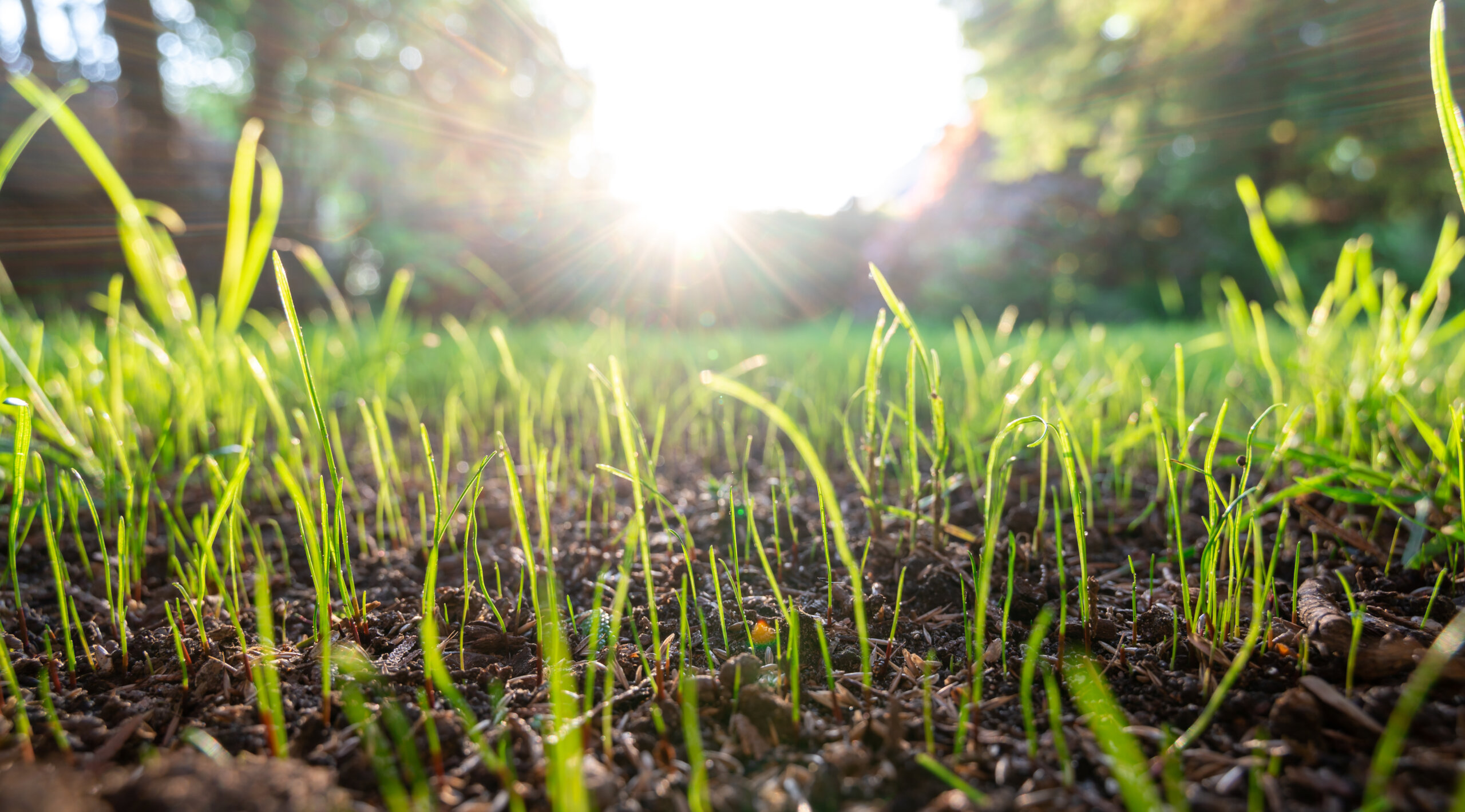
How To Keep Your Lawn Healthy and Growing
Watering is one of the most crucial aspects of grass care. This is especially important during the first 10-14 days after new grass seed has been planted.
Here are some tips for watering your new grass to ensure a healthy start for your lawn:
- Water grass seed 2-3 times per day for 5-10 minutes.
- Pro tip: Invest in an automatic sprinkler and set it to water at scheduled times throughout the day.
- Once grass has germinated, water for a longer period once per day.
- Decrease watering frequency to once or twice weekly after the blades grow to 1” tall.
- Avoid watering for two days after a significant rainfall.
Note: If washout has occurred due to heavy rains, you may need to replenish your lawn with an additional layer of topsoil, seed, and straw.
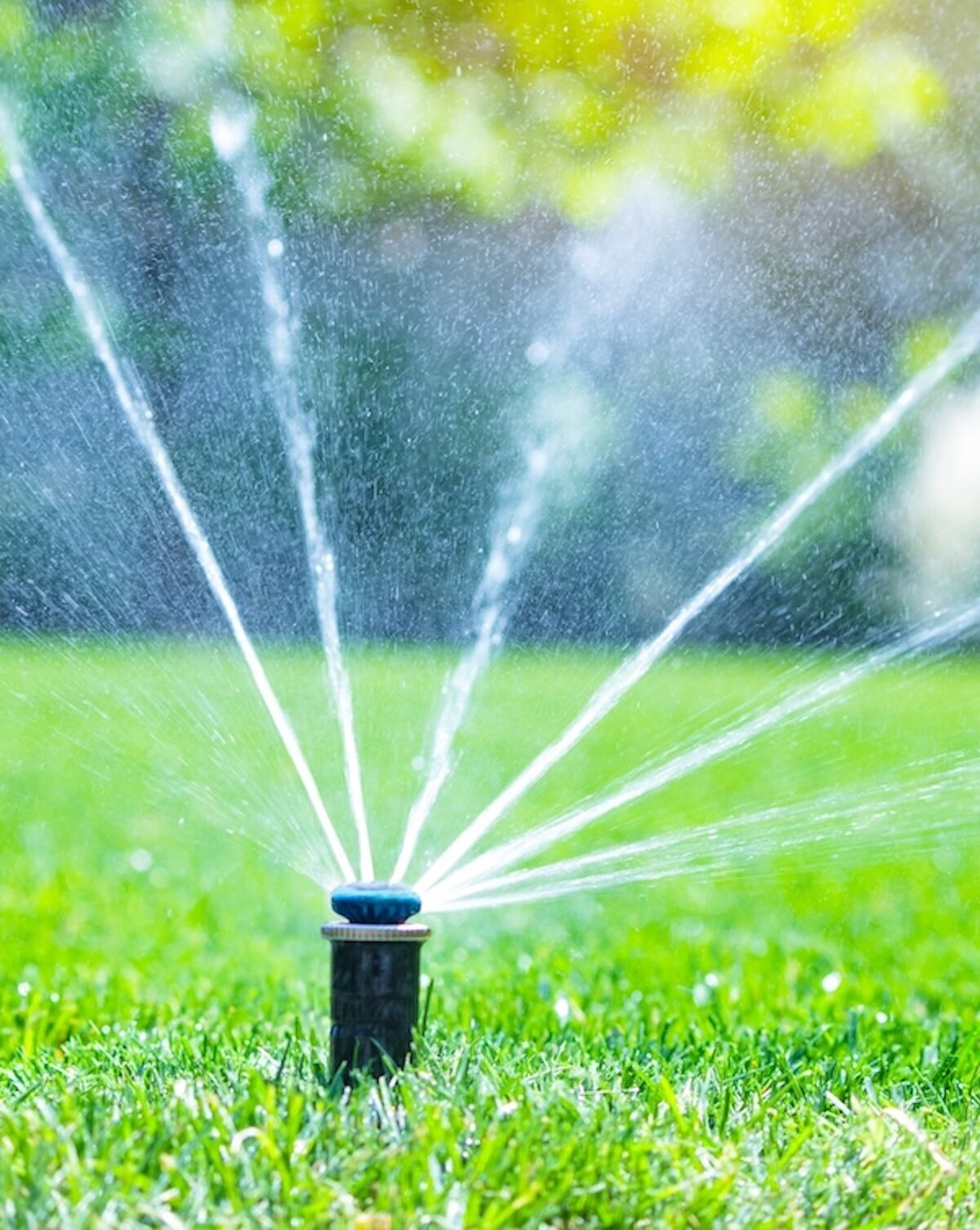
Why Consistency Pays Off Big
Keep in mind that with new construction, it typically takes up to two years for a lawn to fully establish. Consistent care—including fertilizing, weeding, and overseeding—will bring steady improvement.
Although maintaining healthy grass takes some work and patience, you’ll be rewarded with an established lawn and healthy grass in due time.


 Back to All Articles
Back to All Articles


